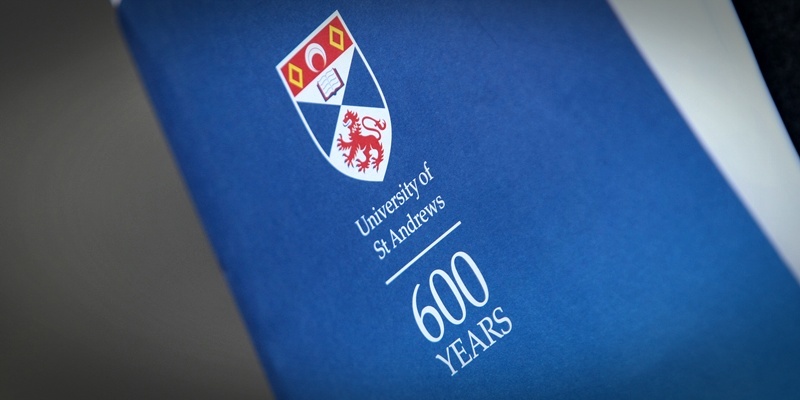St Andrews University has defended its admissions policy, insisting most students from deprived backgrounds simply don’t have good enough grades.
Officials claimed admitting more students from poor backgrounds would be setting them up for failure. But the National Union of Students (NUS) Scotland condemned the comment as ”offensive in the extreme.”
St Andrews was criticised for taking in just 14 students from Scotland’s 20 most deprived areas last year. Of the 8,872 fifth-year pupils in those communities, only 220 achieved the minimum entry requirement for St Andrews of three Higher passes at grade A.
University vice-principal Stephen Magee said: ”We know that we could play the political game and change these figures overnight by lowering our entry grades, but experience tells us that we would simply be admitting these kids to fail, and that would be utterly dishonest.
”We have a choice. We can continue to beat up our leading universities for failing to admit more kids from our most deprived areas, or we can start, without shame or blame, to ask if perhaps there is something going wrong throughout the whole equation.”
The university has pledged to boost the number of undergraduate places for Scotland’s poorest students by 45% an increase of six students.
St Andrews is also increasing its bursary budget for Scottish students by £400,000.
Mr Magee said: ”We want Scotland’s brightest here, regardless of background. If as a nation, however, we continue to lay responsibility for widening access solely at the door of universities, the challenge will never be properly met.”
He continued: ”It is in all our interests that the best and the brightest are encouraged to fulfil their potential through higher education, and we will not stop working to support societal progress towards social mobility and fairness.”
NUS Scotland president Robin Parker said: ”The idea that widening access is setting people up to fail is offensive in the extreme. This is about excellence.
”Take Edinburgh University for example it has managed, with a very similar intake, to ensure drop-out rates for those from the poorest backgrounds are almost the same as those from richer backgrounds.
”To argue that poor people are somehow not up to it doesn’t stand up to any scrutiny. There is too often an implication that to widen access, you must lower standards. This is a false choice.
”The evidence entirely disputes this, with students from poorer backgrounds, even with lower grades, matching and often outperforming students from richer backgrounds at university.
”With hundreds of millions of pounds of additional public money going into universities in Scotland over the coming years, St Andrews, and others, need to aim much higher than this.
”Rather than telling us what they can’t do, they should be more ambitious in what they can.”
